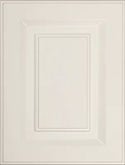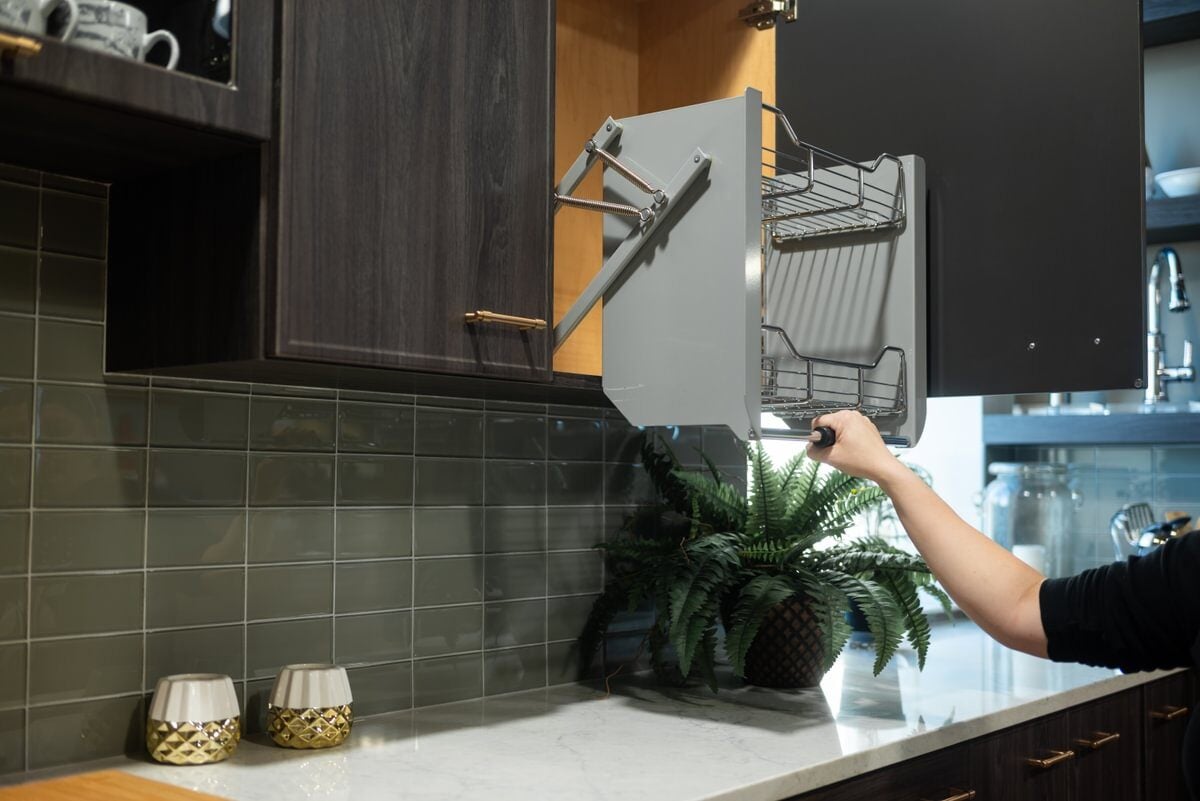Dive into the world of design, and kitchen remodelers will often point you towards a rich tapestry of styles that have evolved over the years, each telling a unique story of the era it represents. Among these, the Mid-Century Modern and Postmodern Contemporary movements are two significant epochs that have captivated Chester County designers and homeowners alike. But, wait! Which version of modern are you actually interested in?
You see, in the English language - the adjective modern means contemporary and/or of the current era. However, in the language of design, modern means different things depending on the reference.The Original "Modern" is Technically Antique
The first era of Modern design (capital 'M' intended, since it's a specific school of design) began in 1920s Germany and quickly blossomed into what we now call Mid-Century Modern.
At the time, this new design trend completely contrasted with the leading design schools of the day, doing away with superfluous accents, showmanship and frippery. Instead, Modern designers focused on the clean, artistic appeal of sleek, streamlined, no-nonsense design elements.
The television drama, Mad Men, is almost always referenced here because the show's first few seasons took place in the 1950s - the Mid-Century Modern Design's heyday. Examples of Mid-Century Modern design includes things like:
- Low-profile furniture and fixtures, often in rounded fashion
- Lots of natural and industrial materials - wood, concrete, steel
- Flat lines - this included roof lines
- Use of geometric shapes and patterns
- Blurred lines between outdoor and indoor spaces
- Lots of contrast - black/white/gray with pops of color
You are correct if you're scratching your head thinking, "but wait a minute! Those are all true of contemporary design..."
The New Modern is Postmodern Contemporary
Sure, the core elements might seem similar, but their execution? Entirely distinct. Homes styled in the vibes of the 1950s, '60s, and '70s, heavily influenced by Mid-Century modern principles, stand apart from those influenced by contemporary design ideologies, even if they share certain elements. Remember how we emphasized 'home'? That's because, by the 1960s, even as homes reveled in Mid-Century aesthetics, forward-thinking architects and artists began reimagining and evolving those designs. It's only in recent years, though, that we've seen Postmodern concepts truly shape and influence the mainstream home design landscape.
The postmodern contemporary design takes the minimalism of the Mid-Century Modern and amps it up a bit. The 1960s brought an explosion of color and pattern back into the world. However, you'll notice that in many 21st century home designs - homeowners opt to simplify their color schemes because neutral palettes are more ideal for the rate at which we buy and sell homes these days.
That being said, Postmodern designers didn't like the rigidity of the Mid-Century design rules, so there is a bit more freedom to express oneself in a Postmodern design - and the design will often honor and reflect the history, geography etc. of the area. Thus, for example, if you live in an original Craftsman home, odds are a postmodern kitchen design will include some of those original wood-accented architectural design ideas - while playing them out in postmodern way.
These are the basic characteristics that set Postmodern Contemporary apart from Mid-Century Modern designs:
- Integrative with other design styles
- Further minimalist, even so far as to not use hardware
- Countertops with thick slabs, square edges, and waterfall styling
- Sharp, smooth, and shiny with clean lines and edges
- Stark and industrial design, less influence from nature
- Emphasis on neutral colors, with less instances of color accents
And, of course, it's all about technology these days. So the postmodern kitchen is also one that takes advantage of high-tech gadgets and smart gizmos aplenty.
The over-arching difference between these two design modalities is that Mid-century Modern is a style of it's own. It is not easily blended with other design styles, because once you start introducing elements of Mid-Century Modern in to a room, it tends to take over as the dominant style. Postmodern contempoary, on the other hand, is a much more flexible and integrative style that doesn't necessarily relate to a certain period of time, and thus can be more easily merged with different design trends.
Where can I find dependable kitchen remodelers in Chester County?
So - are you a Mid-Century or Postmodern Modernist? Or perhaps a combo of both? Either way, the Kitchen Magic crew can help you design a kitchen that remains relevant through the ages. Whichever style you lean towards, both represent a passion for design, creativity, and a deep connection to the eras they emerged from. With us by your side, you’ll have a space that it's not just about following a trend, but about resonating with a style that speaks to you. So, get in touch with us today!








